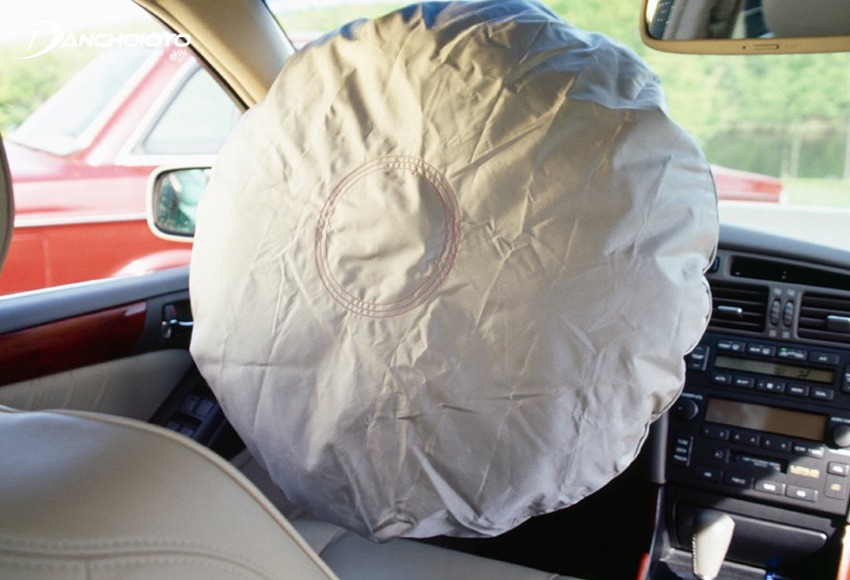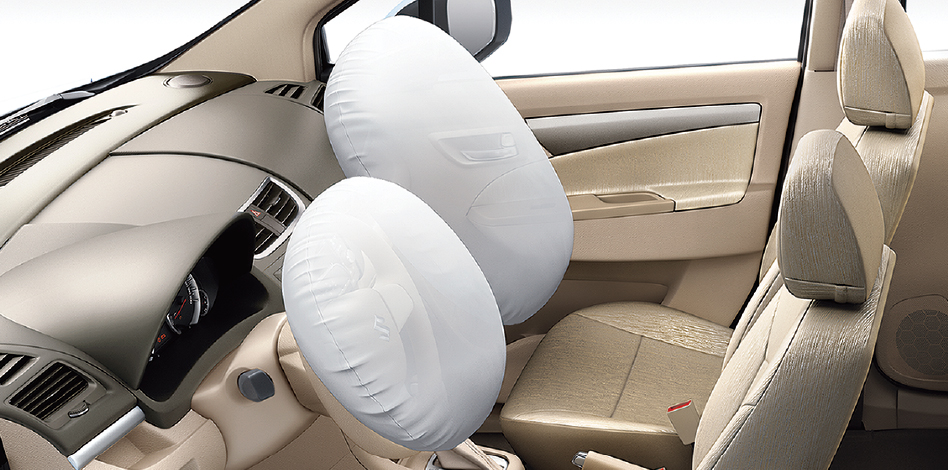Your first reaction might be to try and start the car so you can get away if you were in an accident where your car’s airbags deployed. But you really should wait to start the engine until you have taken care of a few critical safety issues. How to start car after airbags deploy?
To start a car after airbags deploy, you should inspect for leaks and intact but deflated airbags first. Examine for electrical hazards. Locate the diagnostic port, which is usually under the dash or behind the steering wheel. To reset the system and restore ignition power, connect an airbag scanner to this port. Only after confirming safety should you attempt to start.

Contents
How To Start Car After Airbags Deploy?
If you are in a car accident and the airbags deploy, your first thought may be to try to restart the vehicle. However, it is critical not to start the engine immediately.
Prioritize Safety
As a safety measure, sensors signal to turn off the ignition when the airbags inflate. This stops potential fires or additional damage from happening in the event that the car is started too early.
Check Your Car
Take some time to check your car carefully before trying to turn the key. Look under the table for any leaks that might cause a fire. Ensure that every airbag has completely deflated; if any are still inflated, do not move or touch them. Additionally, scan the area for any exposed or loose wires that might pose an electrical risk.
Locate Onboard Diagnostic Port
Finding the onboard diagnostic port on your vehicle after you’ve decided it’s safe to do so. Usually, you can find this under the steering wheel or dashboard. You can plug a diagnostic scan tool into what appears to be a rectangular port. You can reset the airbag system status and turn on the ignition again if you have the right scanner connected.
Engine Start
You should not try to start the engine itself until you have completed these basic safety measures. Be advised that damage from the collision may affect mechanisms, making a restart challenging. It might be necessary to use a different start technique, such as push starting or a portable jump starter.
If the vehicle starts, move it to a secure area off the road and don’t drive it. Before operating, a more thorough mechanical inspection is necessary because concealed internal damage could result in a breakdown or other mishap. After a collision involving deployment, you can start the car safely by resetting the airbag sensors correctly and making sure hazards are dealt with first.

Can You Fix A Car After Airbags Deploy?
A common question is whether a car can be fixed after its airbags go out in an accident. Indeed, it is possible to fix a car even after the airbags deploy. Nonetheless, there are a few crucial things to think about.
High-speed airbag inflation has the potential to harm nearby car parts due to the force of deployment. Replaces may be necessary for items like airbag modules, instrument panels, steering wheels, and other plastic and wiring parts. If the airbag was the reason for additional collisions involving the driver or passenger, more extensive repairs might be needed.
Inspecting occupants for injuries sustained during airbag activation is also crucial. The powerful explosive force can occasionally result in internal injuries, even when no visible physical harm results.
The damage might be too great to fix if the impact resulted in the bending or twisting of important load-bearing structures. However, superficial dents in the body panels might probably be repaired.
A certified collision repair shop can conduct a thorough inspection to ascertain the entire extent of the repairs required. Cars that have had numerous airbag deployments may be totaled by some insurers. It may be possible to restore the vehicle to a safe and functional state if the only repairs needed are minor body work or airbag replacement.
How To Fix A Car After Airbags Deploy?

It is possible to fix a car after the airbags deploy, but it mainly depends on the damage and which parts are impacted. Let’s follow the guide below:
Inspect Your Car
Examine the car carefully, searching for any body or frame structural damage. Because airbag deployment can produce a lot of force, impact areas require additional care. Any bends or twists that need to be straightened can be found with the aid of a frame gauge.
Replace Deployed Airbags
Deactivate or dispose of the deployed airbags appropriately. Only qualified technicians should handle these explosive devices since they still contain compressed gas. It will be necessary to replace the steering wheel, the entire airbag module, and any other affected parts.
Check Seat Belts
Examine seat belts for wear and tear or malfunctions. In order to guarantee that seat belts work properly in subsequent accidents, you should replace damaged ones.
Inspect Electrical System
Look for any electrical problems, such as deployment-related short circuits. Check every wiring harness for any cuts or loose connections that might result in additional issues down the road. Additionally, test the onboard computers, lights, and signals.
Examine Engine System
Check for any impact-related injuries on the engine and suspension parts. Brake and steering lines may require routing or reconnecting. If there is an alignment issue, suspension adjustments may be necessary.
Finally, perform extensive road tests before returning the vehicle to service. Ensure all systems like airbags, seatbelts and safety features are functioning perfectly. With patience and care, a car can be safely restored even after airbags deploy.
Can I Drive My Car After The Airbag Deploys?
Most of the time, after an accident, you shouldn’t drive a car right away because the airbags may have deployed. There are several crucial safety concerns to take into account before starting the car and moving it, even though it might seem like the right thing to do next.
As a safety measure, sensors signal to turn off the ignition when airbags deploy during a collision. This stops any fires or other mishaps from happening in case the car is started too soon.
You must carefully inspect your car for damage before trying to drive. It is necessary to evaluate the entire structural integrity and ensure that all airbags are appropriately deflated. Any fluid leaks beneath the vehicle also require maintenance.
Diagnosing any possible deployment-related electrical problems is also necessary. Future issues could be brought on by loose wiring.
Driving should only be taken into consideration after completing all necessary inspections and receiving professional repair expert approval. There might have been significant hidden damage that will eventually lead to more problems.